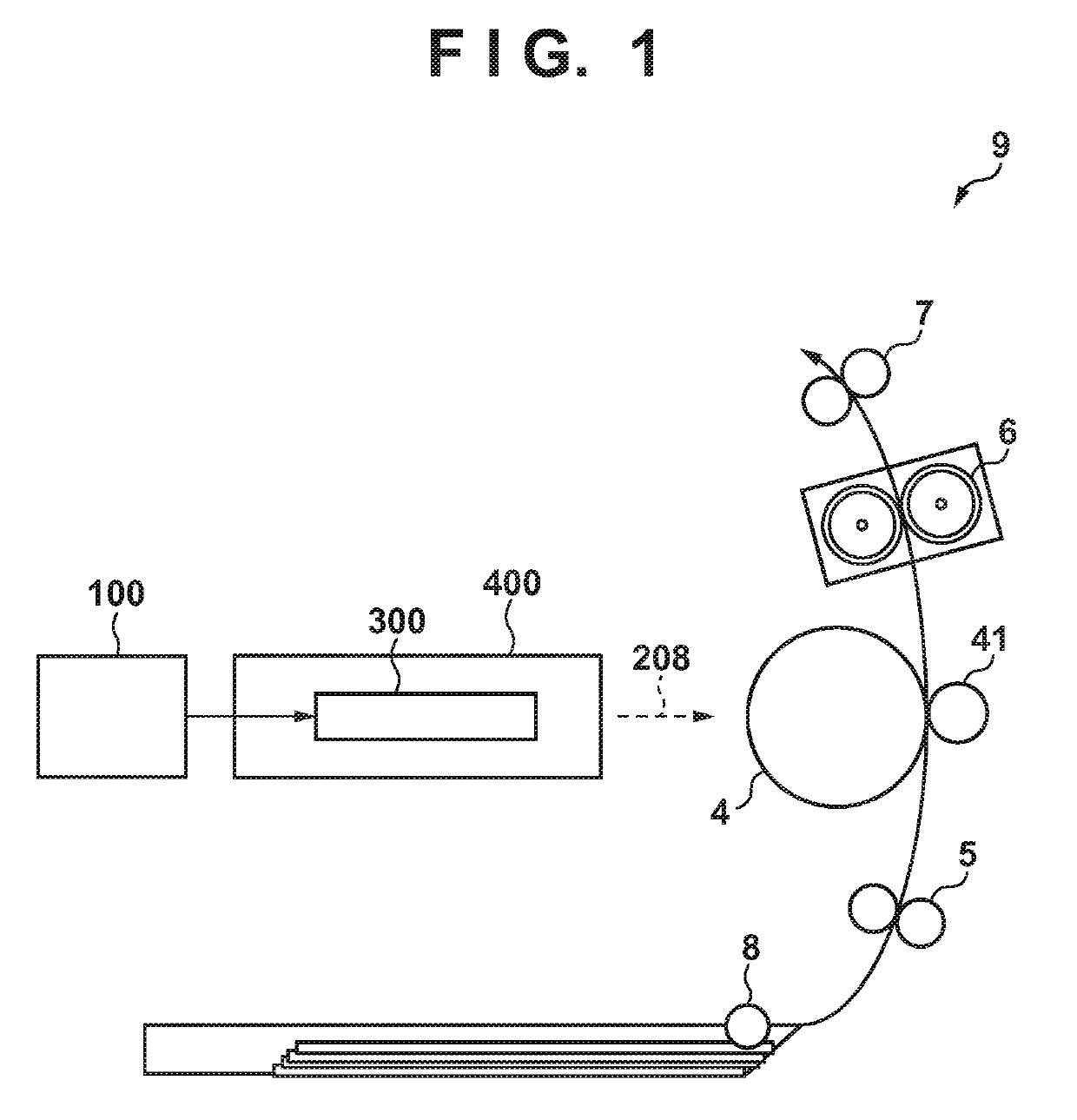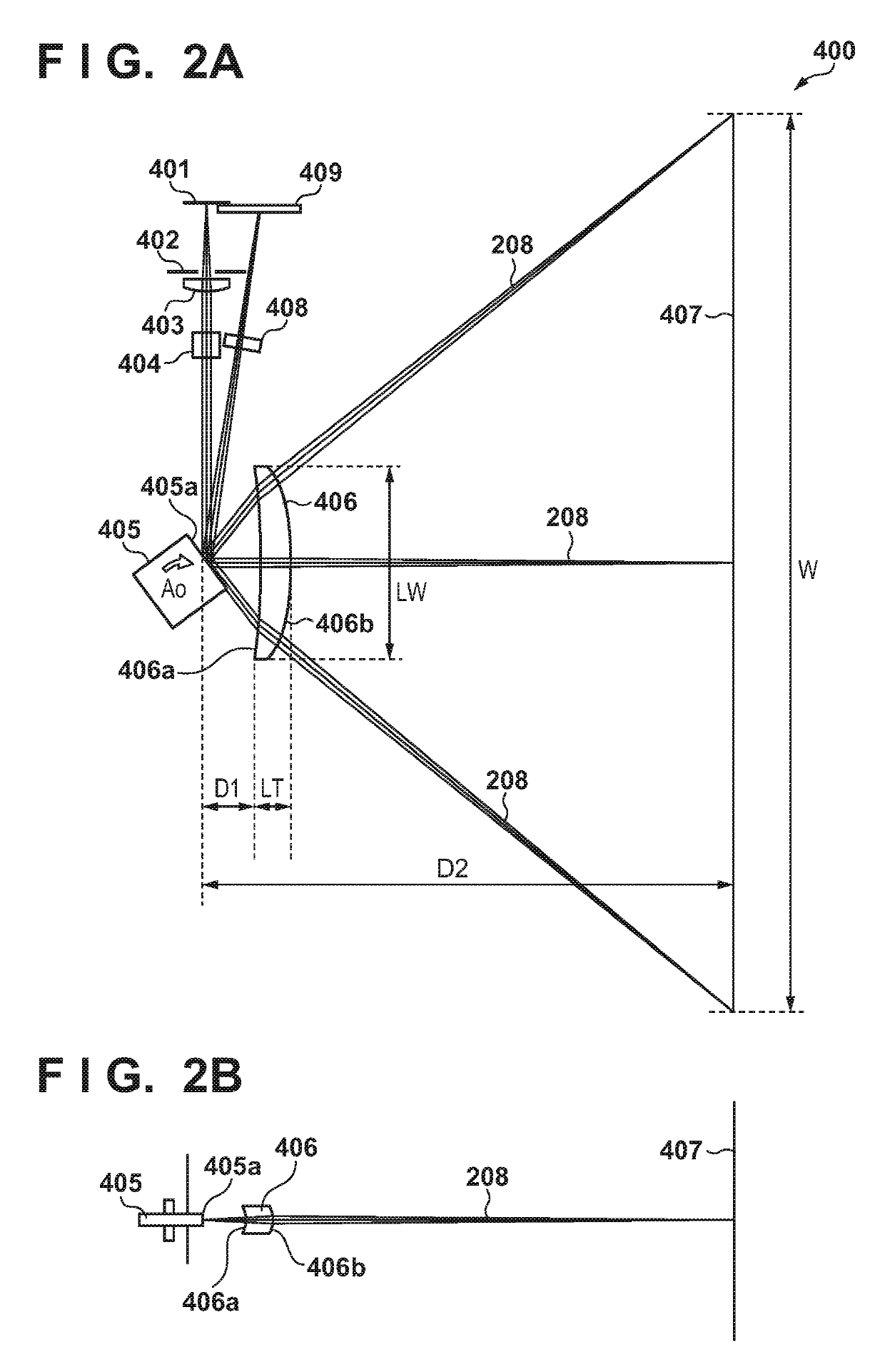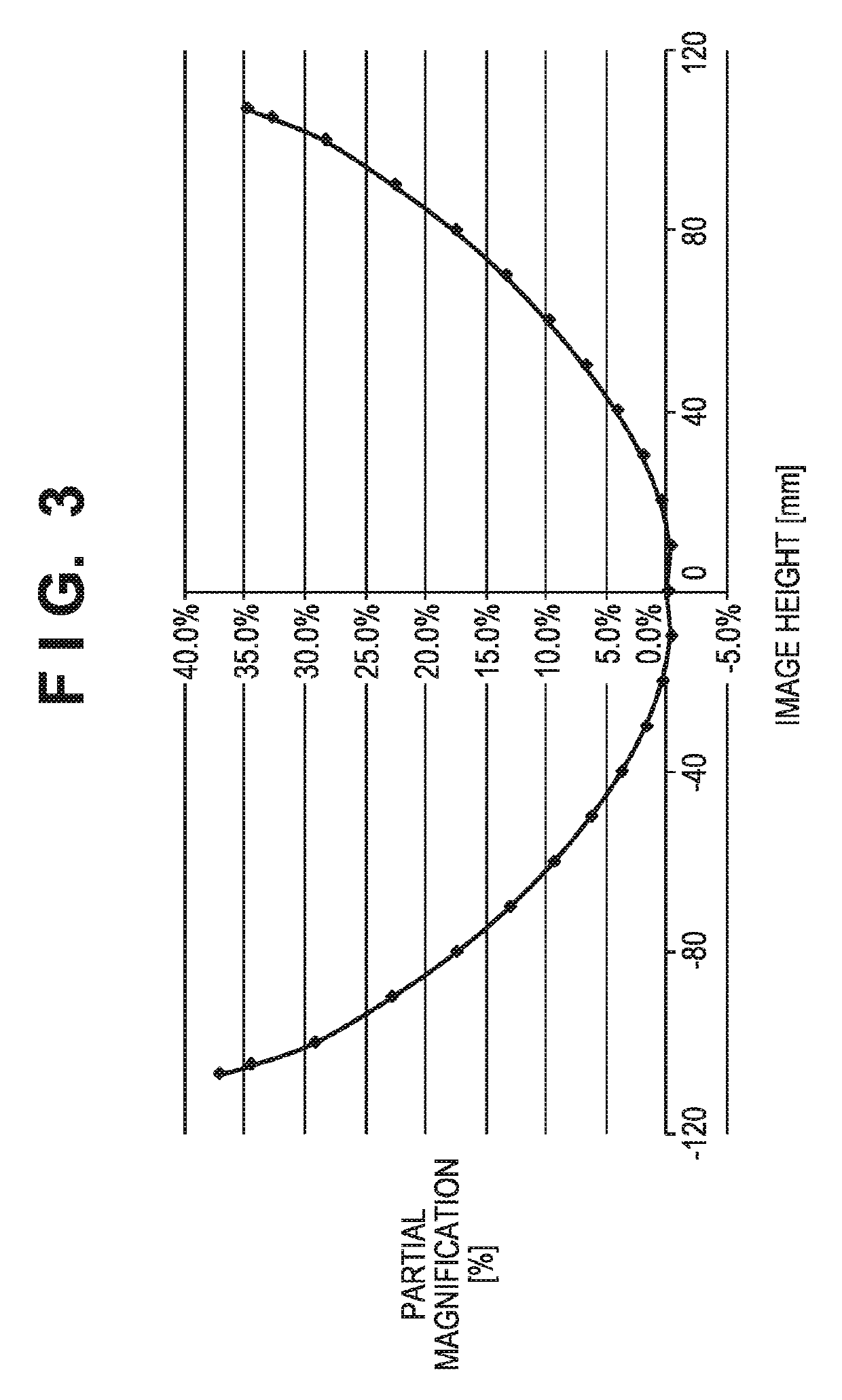Image forming apparatus and control method thereof
a technology of image forming apparatus and control method, which is applied in the direction of electrographic process apparatus, instruments, optics, etc., can solve the problems of uneven line width, uneven spot diameter, and inconvenient operation
- Summary
- Abstract
- Description
- Claims
- Application Information
AI Technical Summary
Benefits of technology
Problems solved by technology
Method used
Image
Examples
first embodiment
[0030]FIG. 1 is a schematic view of the arrangement of an image forming apparatus 9 according to this embodiment. A laser driving unit 300 of an optical scanning device (scanning unit) 400 emits laser light 208 based on image data output from an image signal generation unit 100. The laser light 208 scans / exposes a photosensitive member 4, which is charged by a charger unit (not shown), and forms a latent image on the surface of the photosensitive member 4. A developing unit (not shown) forms a toner image by developing the image by causing a toner (developing agent) to adhere to this latent image. A recording medium (for example, a paper sheet) fed from a sheet feeding unit 8 is conveyed by rollers 5 to a nip region between the photosensitive member 4 and a transfer roller 41. The transfer roller 41 transfers the toner image formed on the photosensitive member 4 onto the conveyed recording medium. The recording medium is subsequently conveyed to a fixing unit 6. The fixing unit 6 fi...
second embodiment
[0079]In the first embodiment, the PWM value was controlled in the manner shown in FIG. 7 in accordance with the input image data. In contrast, in the second embodiment, for example, letting PWM be the PWM value used in the first embodiment, a PWM value is controlled to be PWM×400 dpi / 600 dpi=PWM×2 / 3. For example, the second embodiment is different from the first embodiment in the point that while “255” is the PWM value at the highest image tone (that is, level 31) in the pulse signal table according to the first embodiment, “170” is the PWM value at level 31 according to the second embodiment.
[0080]In this embodiment, emission and non-emission are repeated at a constant ratio for each pixel. More specifically, based on the above-described control contents, emission and non-emission are repeated for each pixel at the ratio of
emission time: non-emission time=170: (255−170)=2:1
As a result, an amount of light of for one pixel at the highest image tone will be a value corresponding to “...
third embodiment
[0087]An embodiment which has a function that switches a PWM value in accordance with an image resolution in a sub-scanning direction will be described as the third embodiment. That is, an image forming apparatus has an arrangement in which it is possible to perform image forming by a plurality of modes that switches the image resolution in the sub-scanning direction and is capable of switching the PWM value at the time of the switching. Note a detailed description of the same components as those in the first and second embodiments will be omitted.
[0088][Processing Procedure]
[0089]FIG. 17 is a flowchart showing PWM value switching processing according to this embodiment. Since this processing procedure is cooperatively controlled by a plurality of processing units, an image forming apparatus 9 will be described as the main processing entity here.
[0090]Upon acquiring image resolution information in the sub-scanning direction from a user via a printer driver (not shown), the image for...
PUM
 Login to View More
Login to View More Abstract
Description
Claims
Application Information
 Login to View More
Login to View More - R&D
- Intellectual Property
- Life Sciences
- Materials
- Tech Scout
- Unparalleled Data Quality
- Higher Quality Content
- 60% Fewer Hallucinations
Browse by: Latest US Patents, China's latest patents, Technical Efficacy Thesaurus, Application Domain, Technology Topic, Popular Technical Reports.
© 2025 PatSnap. All rights reserved.Legal|Privacy policy|Modern Slavery Act Transparency Statement|Sitemap|About US| Contact US: help@patsnap.com



